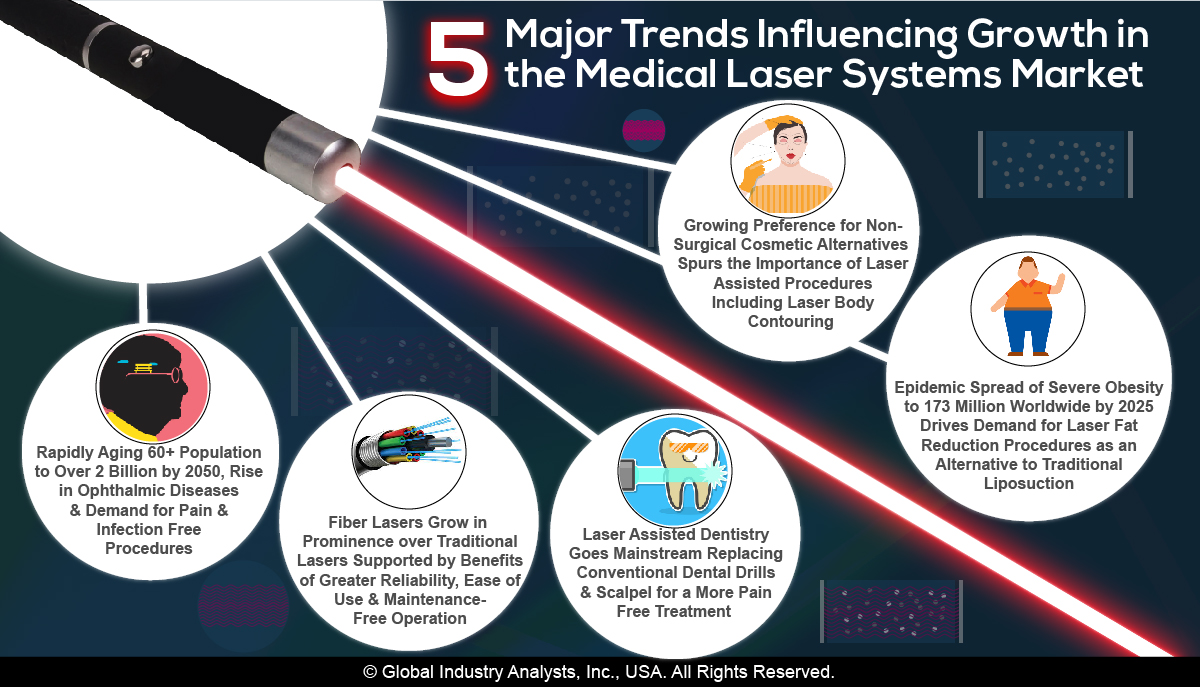Refractive Lens Exchange Explained: What Your Optometrist Isn't Telling You
Refractive Lens Exchange Explained: What Your Optometrist Isn't Telling You
Blog Article
Web Content Create By-Foley Andreassen
Have you ever took into consideration Refractive Lens Exchange (RLE) as an option for vision adjustment? While it isn't as extensively gone over as LASIK, RLE could be a game-changer for your vision. Lots of people forget its advantages, assuming standard methods are their only option. However what are just click the up coming article , and what might your ophthalmologist not be telling you concerning this treatment? Allow's explore the ins and outs of RLE together.
Comprehending Refractive Lens Exchange: The Fundamentals
Refractive lens exchange (RLE) is an operation that can significantly enhance your vision, especially if you're taking care of presbyopia or extreme refractive mistakes.
Throughout RLE, your eye doctor eliminates your eye's all-natural lens and changes it with a synthetic one tailored to your vision needs. This treatment can deal with nearsightedness, farsightedness, and astigmatism, giving you clearer vision without depending on glasses or call lenses.
The surgery is usually quick, taking less than an hour, and a lot of people experience very little pain. Recuperation is relatively quickly, allowing you to return to your daily tasks quickly after.
If you're thinking about RLE, talking to your ophthalmologist can aid you figure out if it's the best option for you.
Key Differences In Between RLE and Conventional Cataract Surgical Treatment
While both refractive lens exchange (RLE) and standard cataract surgical procedure involve changing the eye's all-natural lens, their key goals and client accounts differ substantially.
RLE is targeted at people looking for to decrease their reliance on glasses or get in touch with lenses because of refractive mistakes, typically before cataracts create. On the other hand, standard cataract surgical procedure usually targets people that've developed cataracts, which cloud the lens and harm vision.
The lenses utilized in RLE can supply a broader range of vision modification, while standard cataract surgical treatment usually includes standard monofocal lenses.
Additionally, RLE candidates are often younger and in great total health and wellness, whereas cataract patients might be older and have various other health and wellness problems.
Selecting the best treatment depends on your certain vision needs and circumstances.
Possible Benefits and Factors To Consider of RLE
If you're thinking about refractive lens exchange (RLE), you'll locate numerous possible benefits that may enhance your lifestyle.
try this can offer you with more clear vision, lowering or eliminating the need for glasses or contact lenses. It uses a chance to attend to presbyopia and various other refractive mistakes simultaneously, often boosting your overall visual acuity.
In addition, RLE can be a wonderful option if you're not an ideal prospect for LASIK. Nonetheless, it's important to consider the considerations, like the expense, prospective dangers, and the recovery period.
Reviewing your details demands with your ophthalmologist can assist you make an informed decision, guaranteeing you pick the best course for your vision correction.
Final thought
In conclusion, refractive lens exchange supplies a special solution for vision correction that exceeds what LASIK can provide. It's important to evaluate the advantages versus prospective risks and costs before making a decision. Don't think twice to ask your ophthalmologist the difficult questions to ensure you totally recognize the procedure and its ramifications for your vision. With the ideal information, you can with confidence pick the best choice for your eyes and way of life.
